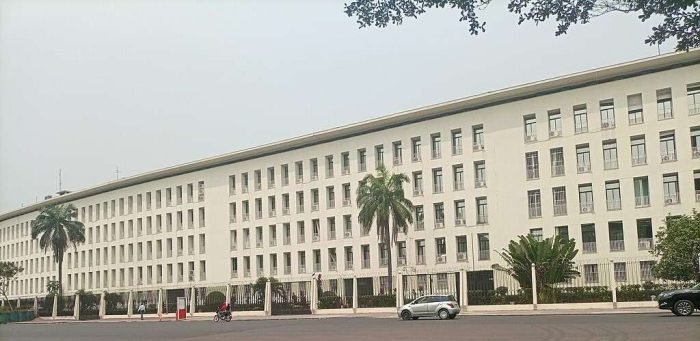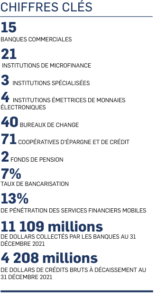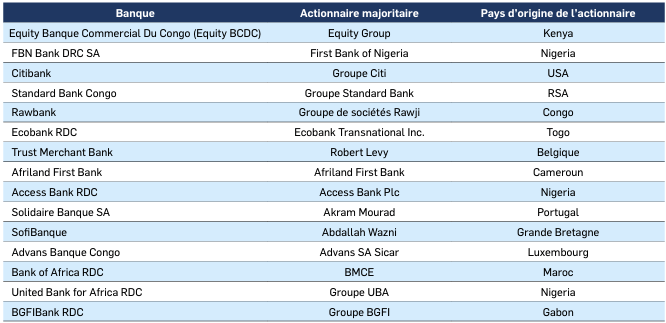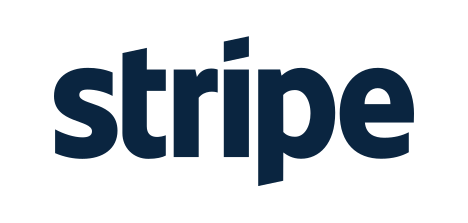Space not available
The file format is not recognized
Reserve this advertising space
Post an ad : banner or video
press release, interview, sponsorship
Choose this advertising space
and click here to transmit
an announcement file
Your ad in pop-up format
Choose this advertising space
and click here to transmit
an announcement file
a file
or
Transmit here
a file
– A liberal banking system in line with international standards

The DRC's banking sector remains dynamic, with total assets increasing by approximately 401,000 TND in 2021. Banks and microfinance institutions have shown a strong and sustained recovery in activity. By the end of 2021, the banking sector had collected more than USD 11 billion in deposits.
Space not available
The file format is not recognized
Reserve this advertising space
Post an ad : banner or video
press release, interview, sponsorship
Choose this advertising space
and click here to transmit
an announcement file
Your ad in pop-up format
Choose this advertising space
and click here to transmit
an announcement file
a file
or
Transmit here
a file
 The Central Bank of Congo has responded quickly to the financial impacts of the Covid-19 health crisis, announcing a series of measures aimed at mitigating the epidemic's negative impact on the Congolese economy. These measures, in line with all other measures taken by central banks, governments, and international institutions, have a dual objective:
The Central Bank of Congo has responded quickly to the financial impacts of the Covid-19 health crisis, announcing a series of measures aimed at mitigating the epidemic's negative impact on the Congolese economy. These measures, in line with all other measures taken by central banks, governments, and international institutions, have a dual objective:
Limit the deterioration of asset quality by, for example, granting deferrals to companies affected by the effects of the pandemic without interest charges, fees or late payment penalties in order to allow borrowers to absorb the economic impact of the health crisis and adapt;
Supporting banks' liquidity by, for example, providing them with access to low-cost financing so they can meet the credit demands of borrowers affected by the pandemic. The Central Bank of Congo, which had reduced its benchmark interest rate by 150 basis points to 7.50%, set up a special refinancing window for operations with a maturity of between 3 and 24 months at a relatively low cost and lowered the reserve requirement ratio from 2% to 0% on sight deposits in Congolese francs.
By postponing the strictest capital requirements, the Central Bank has enabled banks to mitigate the deterioration in asset quality by giving them greater flexibility in managing borrowers facing temporary liquidity problems.
Space not available
The file format is not recognized
Reserve this advertising space
Post an ad : banner or video
press release, interview, sponsorship
Choose this advertising space
and click here to transmit
an announcement file
Your ad in pop-up format
Choose this advertising space
and click here to transmit
an announcement file
a file
or
Transmit here
a file
The DRC's current banking system is dominated by foreign banks, which can lead to several long-term economic benefits. Indeed, foreign banks are known to be major catalysts for foreign investment inflows. Foreign banks with an investment banking arm can even provide investor advice. However, the largest bank in terms of banking assets is a local bank, Rawbank.
The Congolese banking system has long lagged behind in terms of its legal framework and banking supervision. To improve the country's central bank, the government has decided to implement the IMF's restructuring recommendations.
The entry of foreign banks into an economy is expected to impact the quality of financial services at various levels. The competitive effect will encourage local banks to reduce costs and speed up banking operations.
The Congolese banking system should see the development of the network of banking agents and other financial inclusion innovations as a means of accessing the unbanked population and other innovations to unlock the country's great potential.
Foreign banks are associated with banking system efficiency in emerging economies. In the DRC, the high percentage of foreign banks should therefore be reflected in the transfer of technology and skills.
In 2022, the banking sector is generally stable with a positive overall solvency ratio. The overall solvency ratio stands at approximately 12.5% against a minimum required threshold of 10%. Furthermore, the banking sector remains quite dynamic, particularly given the increase of approximately 40% in the 2021 balance sheet total.
Law No. 22/069 of December 27, 2022, relating to the activity and supervision of credit institutions includes ten innovations. It will enter into force six months after its publication in the Official Journal.
The DRC is keen to access regional and international financial markets, with its current situation proving to be an opportunity to achieve integration.

Space not available
The file format is not recognized
Reserve this advertising space
Post an ad : banner or video
press release, interview, sponsorship
Choose this advertising space
and click here to transmit
an announcement file
Your ad in pop-up format
Choose this advertising space
and click here to transmit
an announcement file
a file
or
Transmit here
a file
















 A Seat That Transforms into a Bed
A Seat That Transforms into a Bed  In the world of air travel, economy class is often considered the most affordable option. However, at Air Afrika, we believe that affordability shouldn't mean compromising on quality of service. Our class
In the world of air travel, economy class is often considered the most affordable option. However, at Air Afrika, we believe that affordability shouldn't mean compromising on quality of service. Our class











